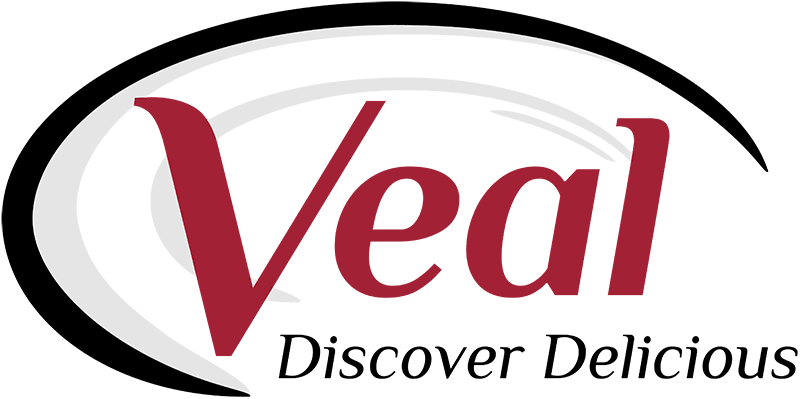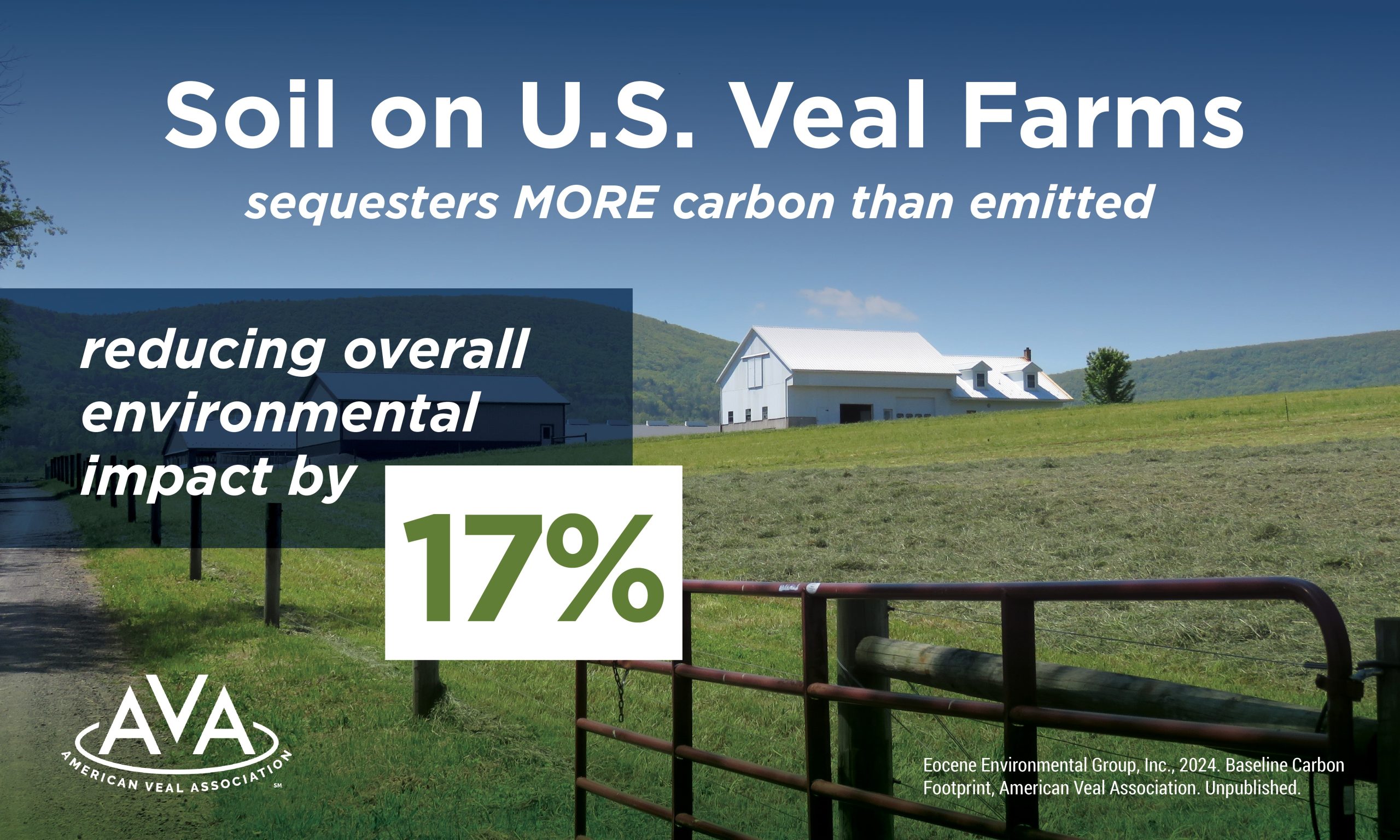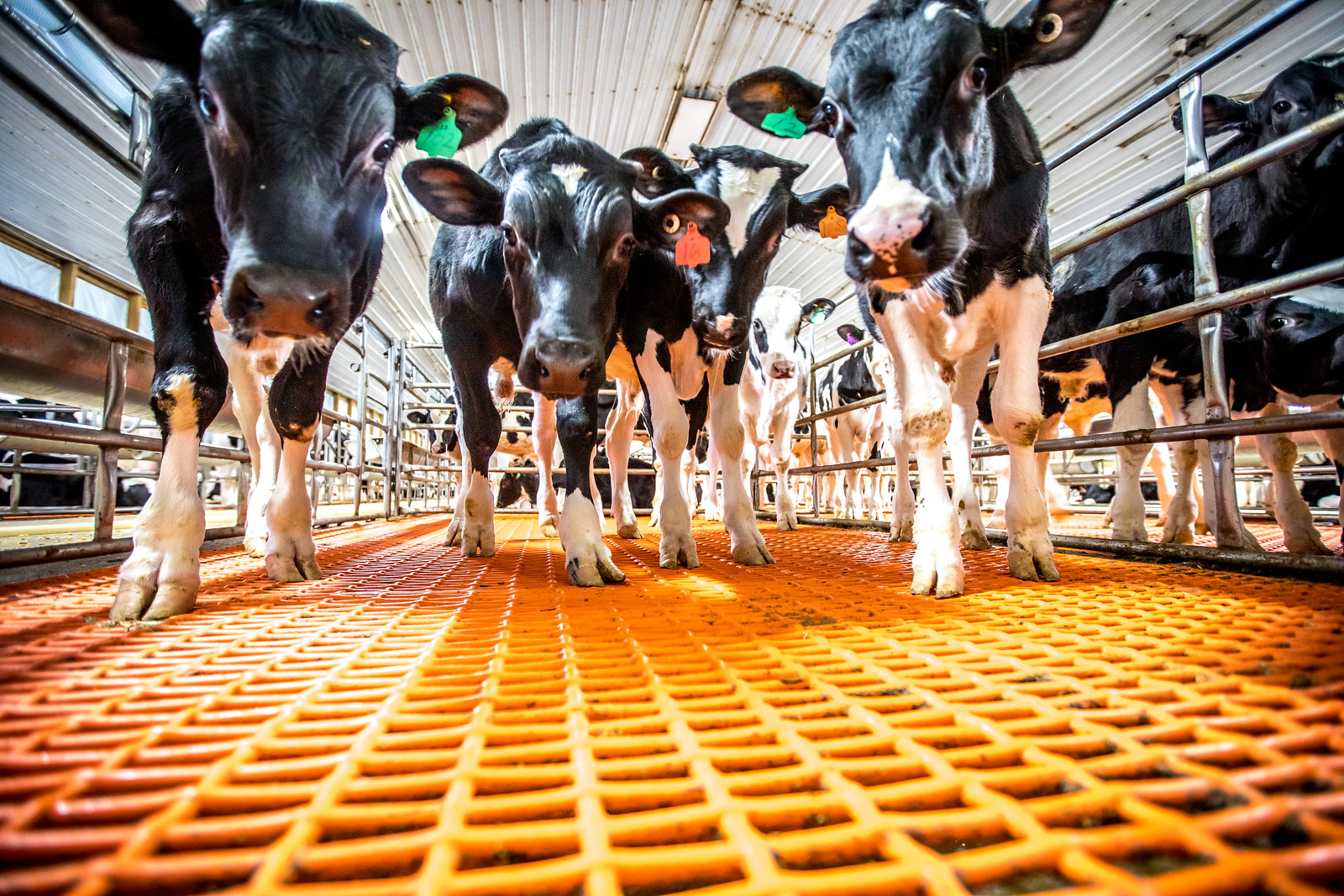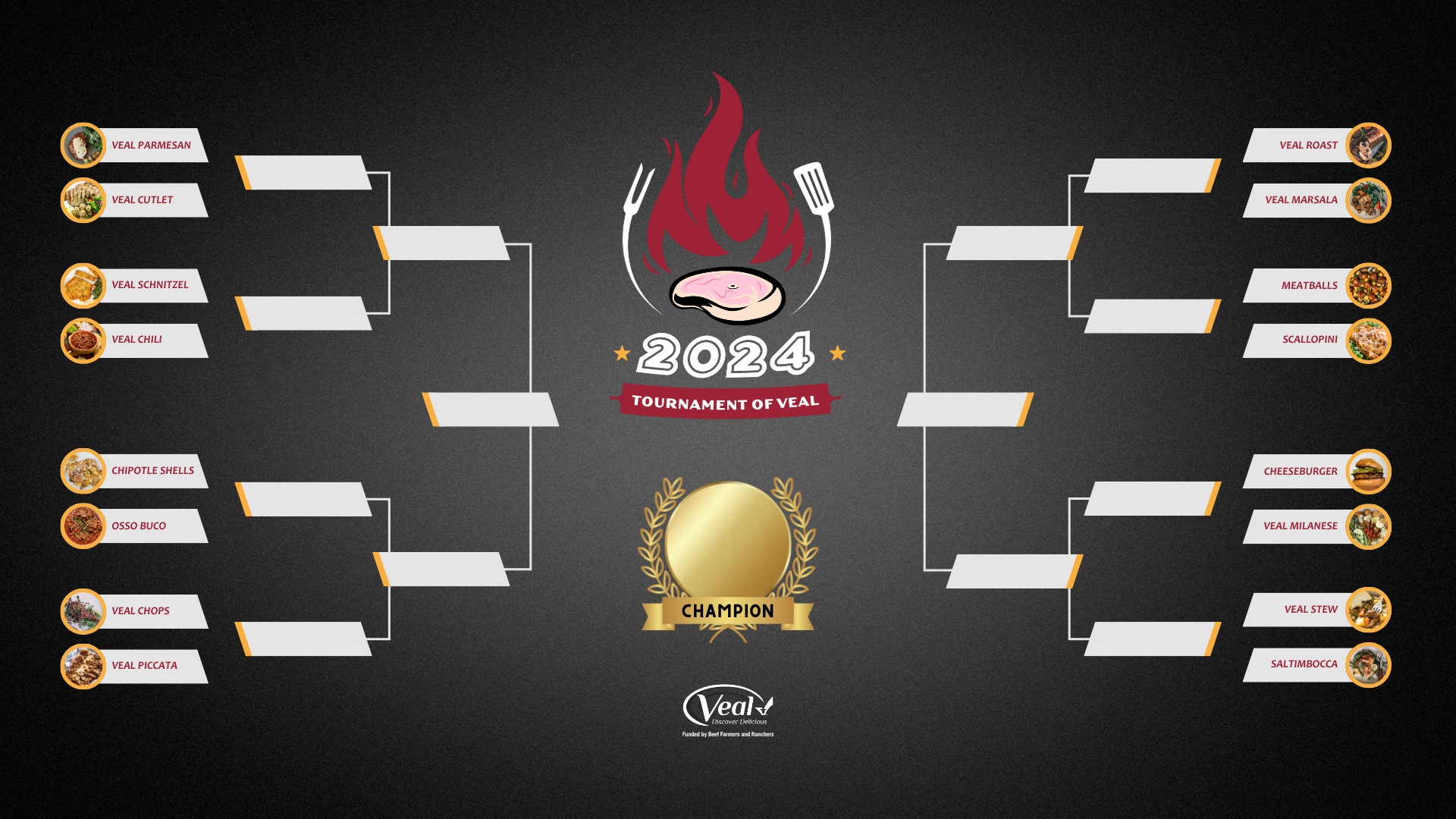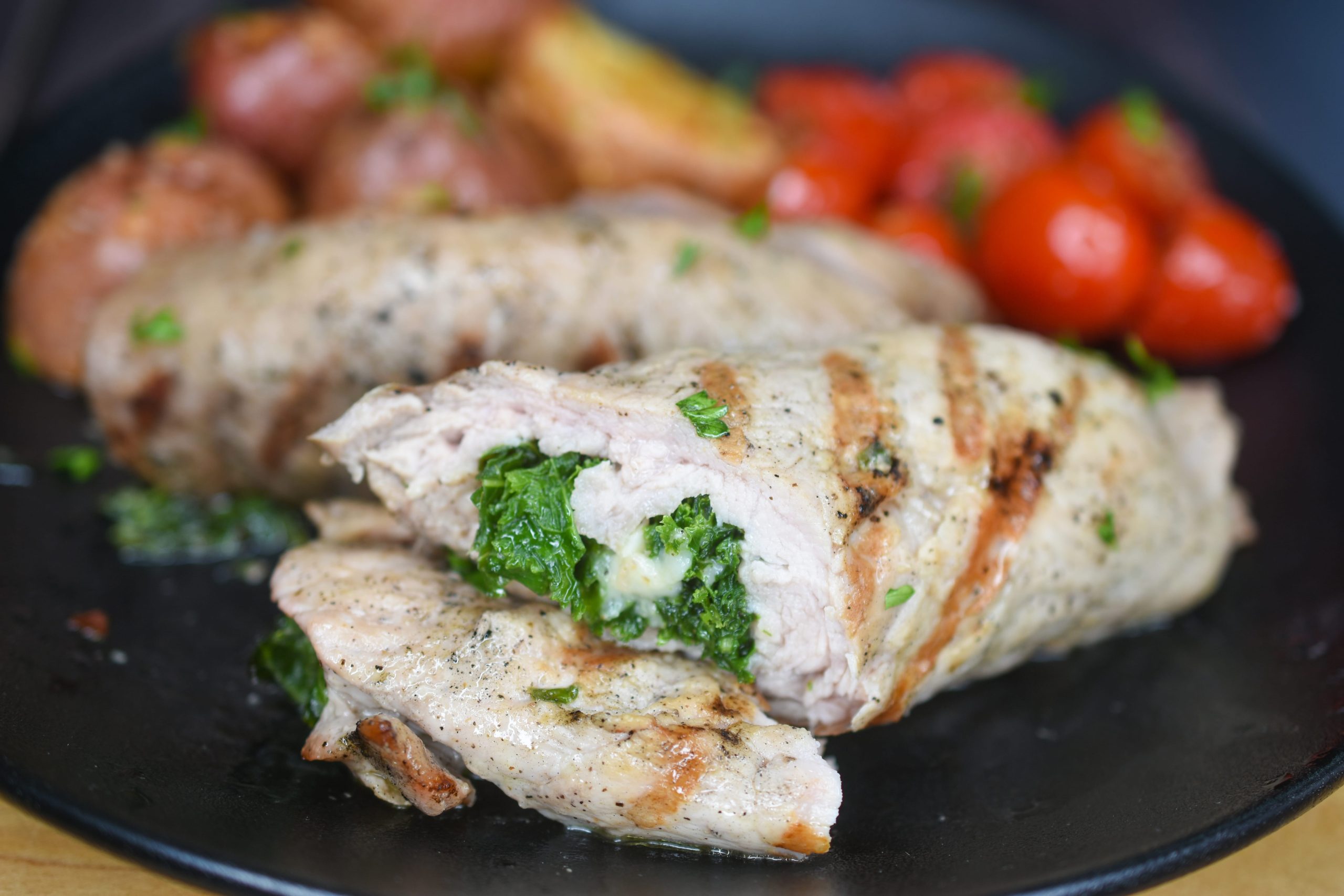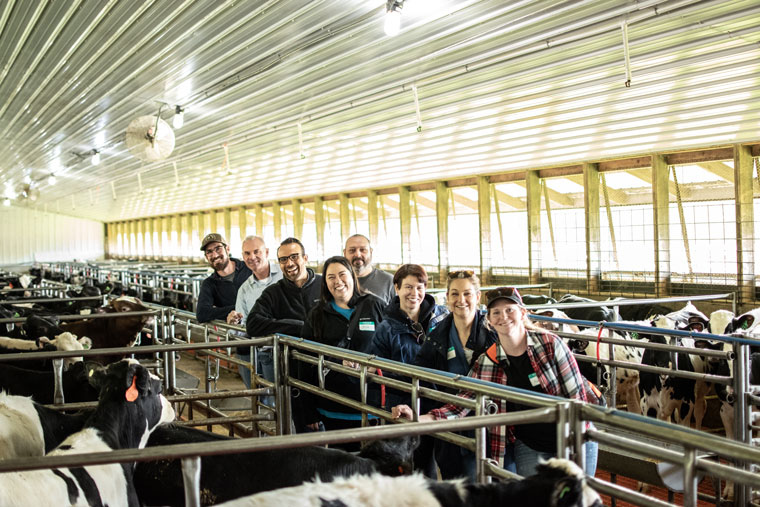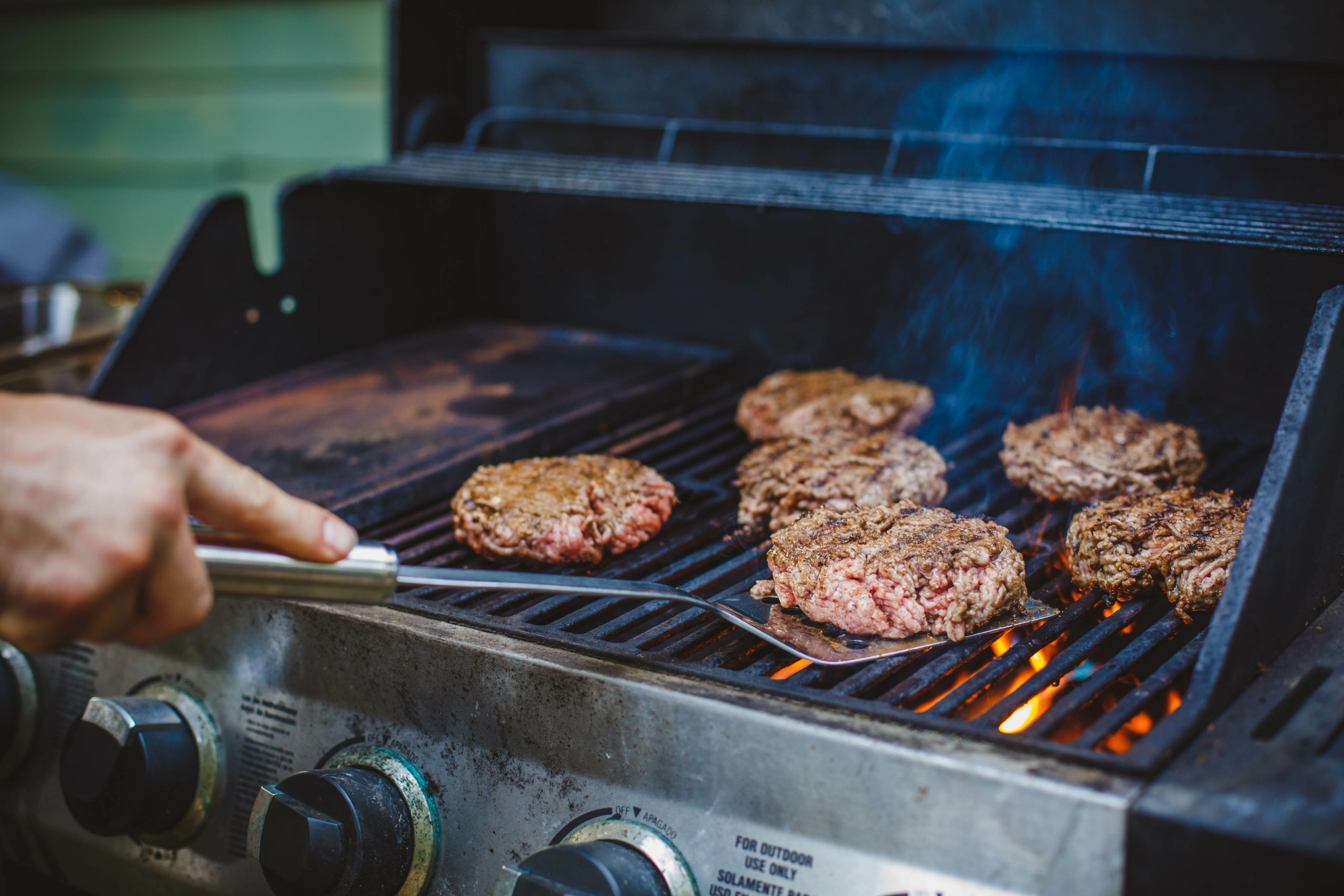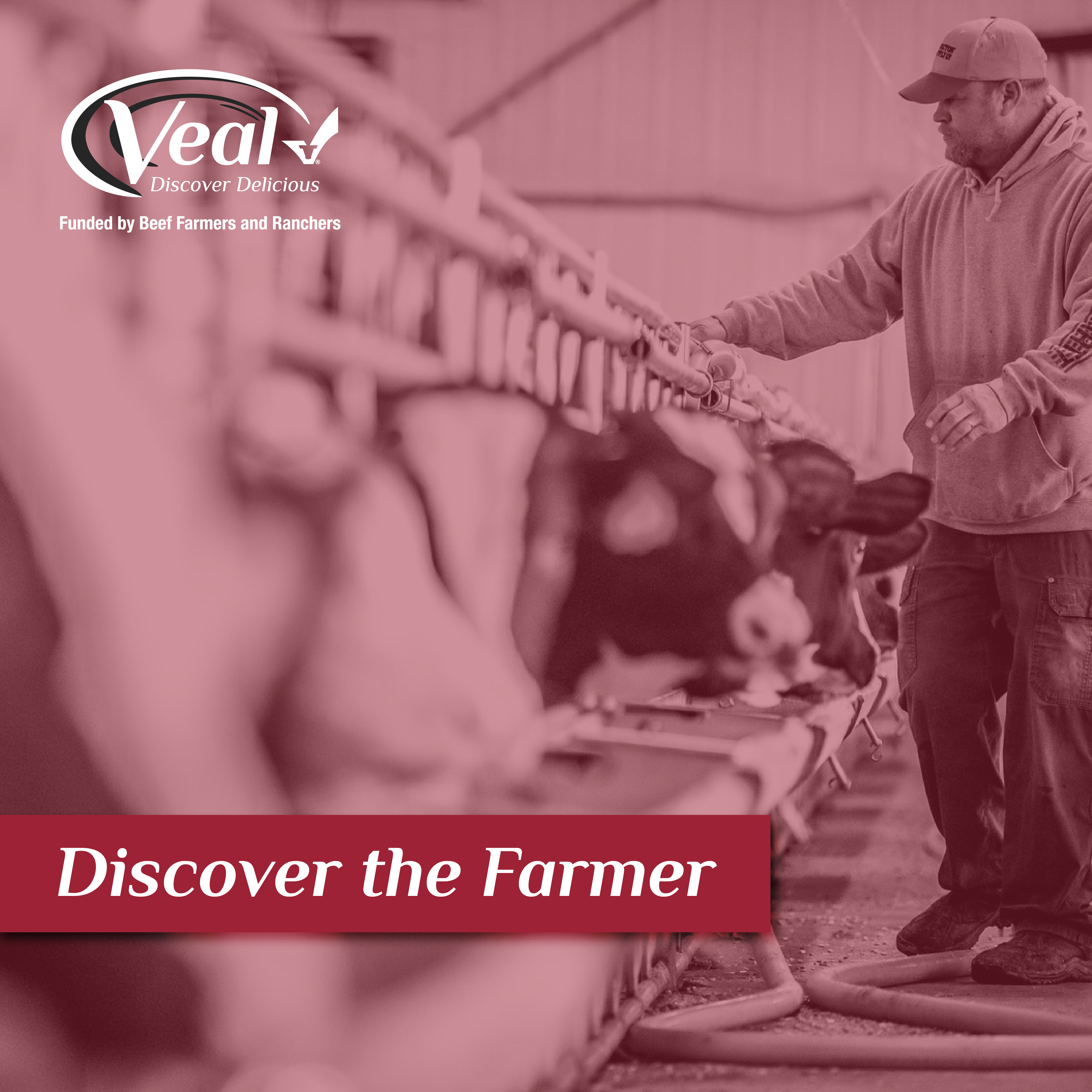Throughout 2023 and 2024, the American Veal Association (AVA) completed their first ever Life Cycle Assessment (LCA), which estimates the efficiencies in raising U.S. milk-fed veal. The study found the industry’s greenhouse gas emissions were 2.88 kilograms per kilogram of veal produced, which is highly comparable to that of pork and chicken and lower than beef.
The LCA was conducted by Eocene Environmental Group on several veal farms throughout New York, Pennsylvania, and Indiana, which the AVA states vary in size, technological advances, manure practices and overall operational practices. This specific study focused strictly on milk-fed veal from the time the animal was born to the time it left the farm for processing.
The study also discovered that soils on U.S veal farms sequester or capture more carbon than they emit, which has helped to reduce their environmental impact by 17%. These findings are huge for the veal industry and allow additional transparency for its consumers. In the words of Sonia Arnold, the American Veal Association President, “The insight of this first-ever Life Cycle Assessment serve as a crucial baseline for driving future improvements.”
While the industry plans to make continued improvement moving forward, it is important to note the significant improvements to Animal Wellbeing over the last 25 years. Healthy calves raised in group housing is a change AVA member companies committed to and fully implemented, alongside the expectations of the Veal Quality Assurance (VQA) program. A science-based certification program funded by the Beef Checkoff.
The findings of this report allow the veal industry to make significant strides in transparency. While this is just one study, it shows that the veal industry is committed to welfare and sustainability. To review the entire report, read more about the Veal Quality Assurance Program, or discover more about AVA’s ethical commitments, visit the American Veal Association at americanveal.com.
Source: Ecocene Environmental Group, Inc., 2024. Baseline Carbon Footprint, American Veal Association. Unpublished
